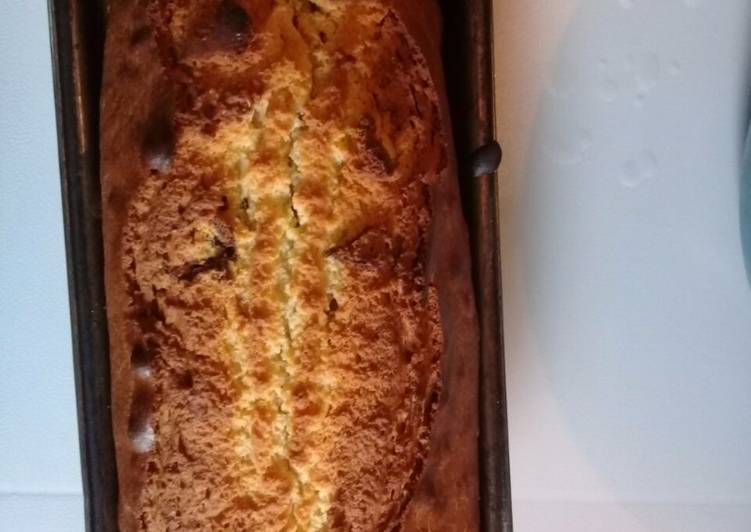Easiest Way to Prepare Yummy Sponge cake
Sponge cake. This sponge cake should not be dense. I would highly recommend reading the tips in the recipe above for what the batter should look like. Since the cake relies on the volume of the eggs for leavening, it is critical to beat the eggs and sugar adequately in this classic sponge cake, or it will be flat and dense.
 Entertain for tea or dessert with one of these easy recipes from Food Network. An exceptional, yet simple Vanilla Sponge Cake. An essential addition to every recipe collection! You can have Sponge cake using 7 ingredients and 4 steps. Here is how you cook that.
Entertain for tea or dessert with one of these easy recipes from Food Network. An exceptional, yet simple Vanilla Sponge Cake. An essential addition to every recipe collection! You can have Sponge cake using 7 ingredients and 4 steps. Here is how you cook that.
Ingredients of Sponge cake
- You need 5 cups of flour, sifted.
- It's 500 g of margarine.
- Prepare 5 of eggs.
- It's 5 tsp of baking powder.
- It's 2 of lemons, zested.
- Prepare 4 cups of sugar.
- Prepare 4-5 cups of milk.
If your baking pan is not very deep, use parchment paper. Trace the bottom of the pan on a piece of parchment paper. With an electric mixer fitted with a wire whip, beat the eggs and. Desserts using this Sponge Cake Recipe:.
Sponge cake instructions
- Beat margarine with sugar until creamed.
- Add eggs then lightly mix.
- Add flour, baking powder and milk beat until creamy..
- At last add grated lemon zest for flavour then bake for 45 minutes..
Marble Cake - Chocolate and yellow sponge cake mixed together with a sour cream frosting.; Kiev Cake - Sponge Cake combined with Hazelnut Meringue, Russian Buttercream, and Tart Cherries.; Tiramisu Cake - Bailey's soaked cake layers and delicious Tiramisu cream.; Rum Balls - a combination of Russian Buttercream and Yellow Sponge cake. Using an electric whisk beat the butter and sugar together until pale and fluffy. Crack the eggs in one at a time and whisk well, scraping down the sides of the bowl after each addition. Sponge cake is a light cake made with eggs, flour and sugar, sometimes leavened with baking powder. Sponge cakes, leavened with beaten eggs, originated during the Renaissance, possibly in Spain.